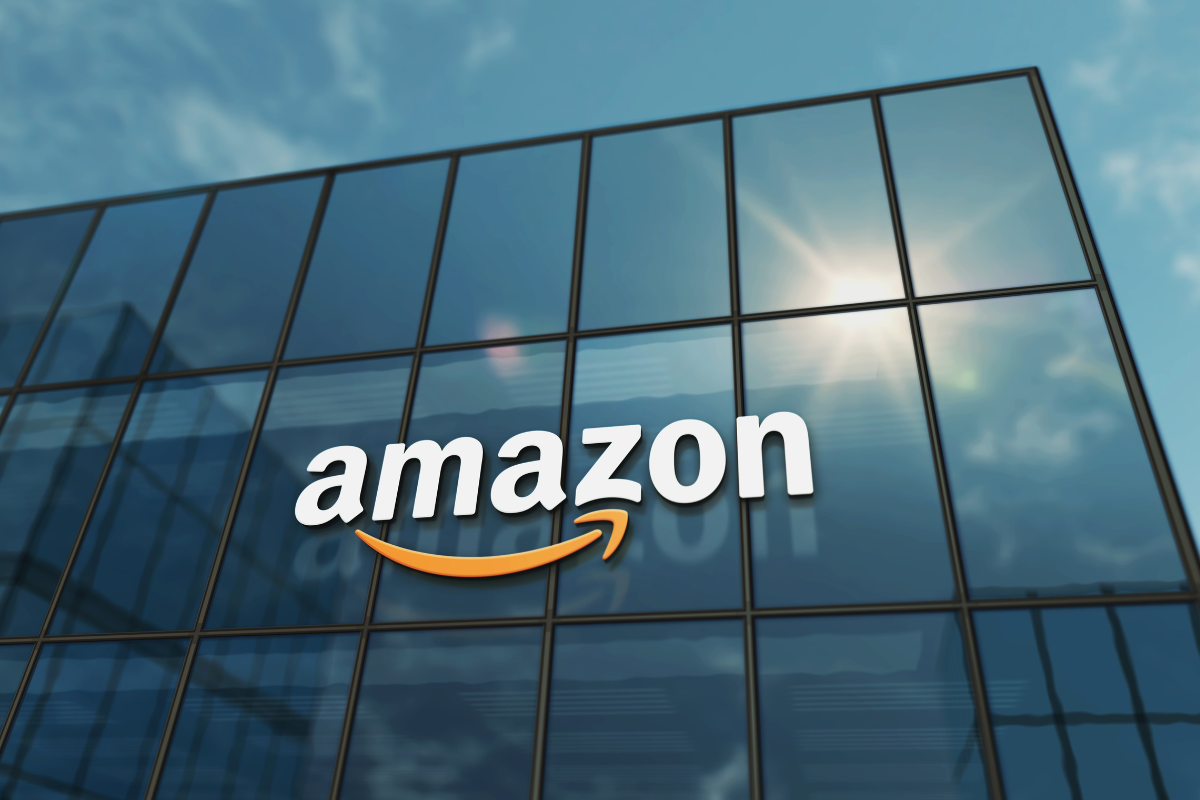
Amazon largely focused on its efforts to reduce plastic use, such as substituting recycled paper for flexible fillers and making packaging suitable for curbside collection. | Skorzewiak/Shutterstock
In its 2023 sustainability report, global retail powerhouse Amazon highlighted its efforts to reduce packaging materials and to make its packaging suitable for curbside collection but provided few details on PCR usage.
In the year, Amazon used 88,698 metric tons of plastic packaging globally, higher by 3% from 2022, the company said in the report, citing business growth.
Amazon reported a 12% rise in full-year net sales for 2023. Globally, the company delivered nearly 6 billion packages, also higher by about 12% over 2022.
In the U.S. and Canada, Amazon used 83,513 metric tons of single-use plastic packaging – accounting for 94% of its global usage. North America represented 61% of Amazon’s global business, with international business and Amazon Web Services comprising the remainder, according to the company’s annual report.
Amazon used 877 metric tons of single-use plastic in Europe, 1,015 in India, and a combined 2,362 in countries including Australia, Brazil, Egypt, Mexico, Saudi Arabia, Singapore and the UAE.
Globally, the average weight of single-use plastic packaging per shipment fell by 9%, as Amazon streamlined packaging and substituted paper for plastic pillows.
In October 2023, Amazon replaced all of its outbound plastic delivery packaging including air pillows with 100% household-recyclable paper filler at its first U.S. automated fulfillment center in Ohio. The paper is made from 100% recycled content.
In 2023, 50% of Amazon deliveries were in either padded or unpadded flexible packaging, made of plastic and/or paper. This is slightly higher than in 2021 and 2022, when the share was 49%.
In the U.S. and Canada, 99.7% of mixed-material mailers, which contain both plastic and paper, were replaced with recyclable paper alternatives, the company said in the report.
At the same time, products shipping in their own packaging rose to 12% of total deliveries, from 11% in 2022 and 8% in 2021. Corrugated boxes fell to 38%, down from 40% and 43% in 2022 and 2021 respectively.
Also in 2023, Amazon made packaging fully recyclable for 90% of product launches, higher than the 79% reported in 2022.
In JUne the company announced it had removed 95% of plastic air pillows from delivery packaging in North America, and was working toward full removal by the end of 2024.
Recycled content
In 2023, Amazon Web Services began to transition to plastic containing recycled and bio-based content in parts including air ducts, power distribution board covers, card holders, SSD carriers/cages, riser brackets, latches and trays, the company said in the report.
However, the company did not provide details as to what types of plastics were used, the percentage of recycled content, or whether the plastics contained PCR or PIR.
Amazon Essentials apparel also began using recycled polyester, with the recycled textile fiber representing 16% of polyester used in 2023. The company did not provide amounts, however.
“Amazon aims to increase the use of recycled fabrics in Amazon private brands apparel products, including moving from conventional to recycled polyester and launching products made from innovative recycled fibers,” the company said in the report.
The company added: “We partner with industry peers and expert organizations, such as the Sustainable Packaging Coalition, to improve recycling infrastructure. Amazon also works with The Recycling Partnership to help launch recycling programs in communities across the U.S. Our 2023 investment helped TRP start recycling programs that reached more than 36,000 households and recycled 1 million pounds of materials.”
AWS is also working to use steel from electric arc furnaces, which use scrap steel, in rack enclosures, increasing the recycled content from 10% to 90%.

